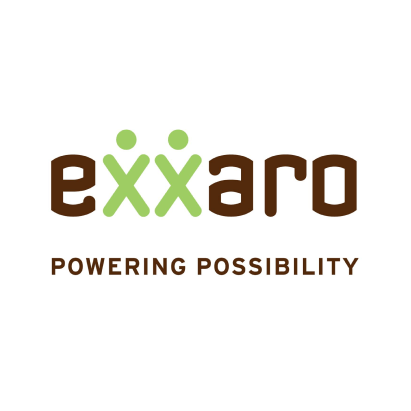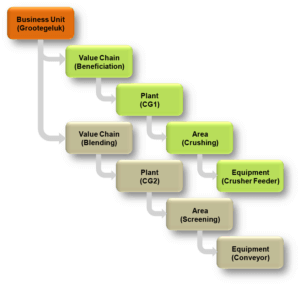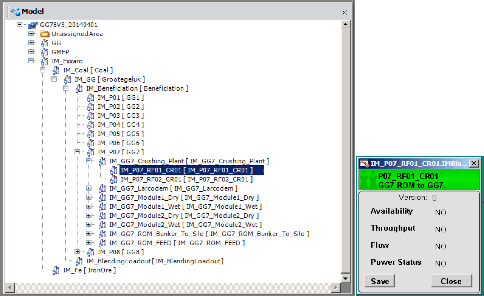For more than a decade, ArchestrA technology has assisted system integrators and end users manage the industrial automation aspects of plants with the help of user-defined and dynamic plant models.
These models are the logical representation of the physical machines and processes being controlled and supervised within the AVEVA software application provided by IS³. They represent the physical equipment, how data will be acquired, how alarms are defined, all aspects of system security and user roles as well as external interfaces.
In short, plant models provide essential context to data, greatly assisting with diagnosing and troubleshooting, while reducing implementation risk, providing a tested path from prototype to implementation and a way to systematically adopt change over time.
But while they collate the necessary data, plant models don’t always supply the information required by interested parties. There are two main reasons for this: information models are different from plant models because they cross traditional industrial IT boundaries and are needed by a variety of decision-makers from production managers to senior executives. The second reason is that information can be collated and analysed in any number of ways and one model cannot possibly fit all cases.
In view of this, Exxaro decided that they needed an information model for their Grootegeluk mine, the world’s largest coal beneficiation facility and also one of the most efficient. This would provide them with the real-time decision support they needed to improve their bottom line.
So their goals included:
- Developing a toolset of graphical and model objects that can assist in guiding the definition and development of the hierarchical plant information model. This model would need to specify the relationship and containment of the various plant information properties required to build a complete information model for the business unit.
- Devising a methodology and process to guide the development of the AVEVA MES Performance model and downtime rules (e.g., a running rule for availability).
- Generating automatic documentation of the information model, rules and requirements to easily check if their requirements had been met.




